Ruby Orchids Ltd export 90% of the Cymbidium Orchids they grow.
Martin Nieuwenhuijsen is grower manager at one of Ruby Orchids Ltd properties. Dick Oostdam, the owner of Ruby Nurseries, has several growing sites situated in Drury and Ramarama in South Auckland, New Zealand. Martin overseas a site in Drury which covers over 1.2 hectares growing entirely cymbidium orchids, predominately grown for export. Martin’s involvement with Ruby Orchids Ltd dates back to 1990.
History:
Martin was born in Holland in a small town called Nederhorst den Berg. He was the youngest of 10 children. His mother and father still live in Holland and are both in their nineties. Martin comes from an upbringing in horticulture, his parents were one of the first growers in Holland to grow cymbidium orchids commercially during the 1960’s. It’s of no surprise that six of his siblings have all been involved in the flower growing industry. Martins father became a vegetable grower after the second world war, when there was a huge need for food, before switching to the ever-popular flower growing industry in the 1950’s.
Being brought up in a family of growers Martin decided to join the horticulture industry. After finishing high school he enrolled in and completed a three-year certificate in Horticulture at Aalsmeer College. Two of Martins older brothers, who had become flower growers, decided to immigrate to New Zealand in the late 1980’s. His brother Arnold invited him to come to New Zealand to work at his recently purchased greenhouse property in Ramarama at the age of 18. Martin did not intend to stay for more than one year but three years later was still here. He then decided he should go back to Holland, but after only a few months decided that he wanted to permanently return to New Zealand.
On his return to New Zealand in 1990, Martin was offered a part time job working for Dick Oostdam, which began his long working relationship with Ruby Orchids Ltd. In 1995 Martin leased greenhouses in the Drury area and grew lily’s in the summer while still working in the winter for Dick. He did this for several years before deciding to work fulltime with his other sibling Paul growing Alstroemeria flowers between 1998 – 2000. At this time Arnold, who was still the growing manager of Florama (that he had just sold to a Taiwanese consortium) asked Martin to come back to work with him. Martin took this opportunity to work with his brother who wanted to in Martins words, “Instil all of his growing knowledge on me” teaching him the technical aspects of growing cymbidium orchids.
In 2004 the opportunity to work for Ruby Orchids Ltd presented itself which Martin accepted. At that time Dick had not purchased the second Drury property but having the certainty of an excellent grower like Martin gave him the confidence to expand his business. Martin was then relocated to the new site where he has been happily employed at for the past 14 years.
The Property:
The greenhouse complex in Drury is made up of two major growing areas. It has three older greenhouses, which have been totally reskinned, and a recently built greenhouse by Apex Greenhouses. It is supported by a waste oil heating system. A Priva computer system is used to control the growing environment. Is has a very large, lined water storage pond which collects the rain water from the greenhouse roofs.

Oil tank and boiler room

Water storage pond
Internal fit out:

The internal fitout of the greenhouses has the plants all raised in pots off the ground. The heating system which doubles as the transport system for the flowers is above the crop. Each greenhouse is fitted out with bird screens.

A photo of the reskinned original glasshouse

This photo shows the system which transports the flowers above the plants.
The Growing Season:
It is in the final two weeks of the busy picking season, from now until March, when the earliest varieties will flower, there is a lot of work to be completed. Removal of old leaf and clearing/opening up each pot is very important to help light filtrate and initiate flowers from the new bulb. Plants have to be split and re-potted and very old plants removed. Around 20% of the plants are replaced each year. It is also a difficult time of the year when the plant needs to be ‘rested’ as there has been a natural root death caused by the picking of the flowers (shock on the plant). The Orchid plant now needs to recover and grow its new roots before November, when a period of heat stress is used on the plant to induce the spike or new flower for next year. At the start of January, when the plants have spiked, extra shading is applied to the greenhouses and they are kept as cool as possible to protect the quality of the flower. Martin says this can be the best time to work in the greenhouses. Temperatures used are a trade secret that have taken years to perfect. It is very important to be disciplined and make sure if the boiler breaks down it is fixed immediately. Martin has been known to stay all night on the property to make sure the boiler restarts.
Insects and Fungal control:

Beneficial insects arrive in plastic bottles which are then released.
Insects: Cymbidium orchids are attacked by two spotted mite and thrips. Numerous IPM controls are used including that of phytoseiulul persimilis a predatory mite.
Fungus: Botrytis is the main fungal issue for the flowers. Small spores causing spots on the plants can be hard to notice when picking but when packed and exported the botrytis can spread and spoil the flower during shipment. It is a major priority to prevent botrytis. Phytophthora is the main cause of root disease. Again, this is only noticed generally at the end of the picking season when root death has occurred.

Jora Singh is one of the hard working team at Ruby Nurseries.
The site in Drury employs 4 full time staff and during the picking season, from March until October, there can be up to 10 extra staff employed. Martin says there are two staff members that have been employed for over 10 years each.
The Flowers:
There are over 50 different varieties of cymbidium orchids grown on the property with seven different colours. Some of the oldest plants on the property are around 15 years old! New varieties are constantly trialled however, sometimes they don’t produce as good as the older varieties. Over 90% of the Cymbidium’s that are grown, are exported to countries all across the world including, USA, Europe, Asia, Pacific Islands and even some to Australia. Hong Kong has become a developing market. The local market could not handle the sheer quantity of flowers that are grown but is still a very important market that Ruby Orchids Ltd supplies product for. The flowers are exported by an export company called NZ Bloom. There are several NZ markets that are also used to distribute locally, UFG being the main one.





The finished product ready for export
The Substrate:The orchids are grown in a coarse coco fibre mix. The pot sizes will vary depending on the age of the plant and when they get re-potted. In the photo below the bulb in the middle of the pot is where last year’s flower came from and the new bulb on the left is where this year’s flower will come from. The bulb that flowered last year could flower again.

Martin is positive about the future of growing cymbidium orchids. It has been quite hard in recent times as the fluctuating nature of the $ can severely impact returns. Recently there has been financially difficult years but 2018 has seen an improvement. Even though I am a vegetable greenhouse consultant there are synergies between the two and I can clearly see why Martin is successful with his growing, it was a pleasure to report on such a well-run export-based operation.
I appreciate your comments. Please feel free to comment below or on the grower2grower Facebook page:
https://www.facebook.com/StefanGrower2grower/
Article Written by Stefan Vogrincic, Consultant, Grower2Grower



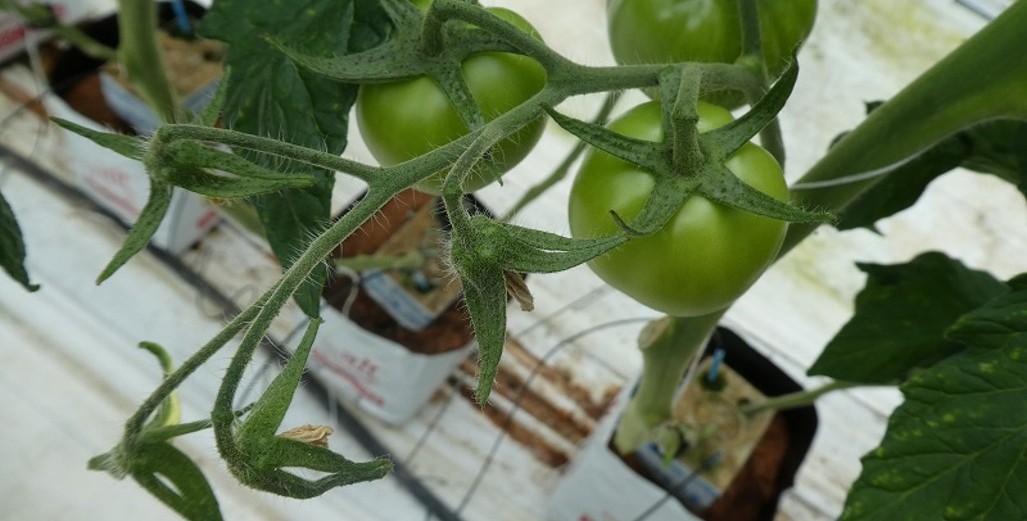
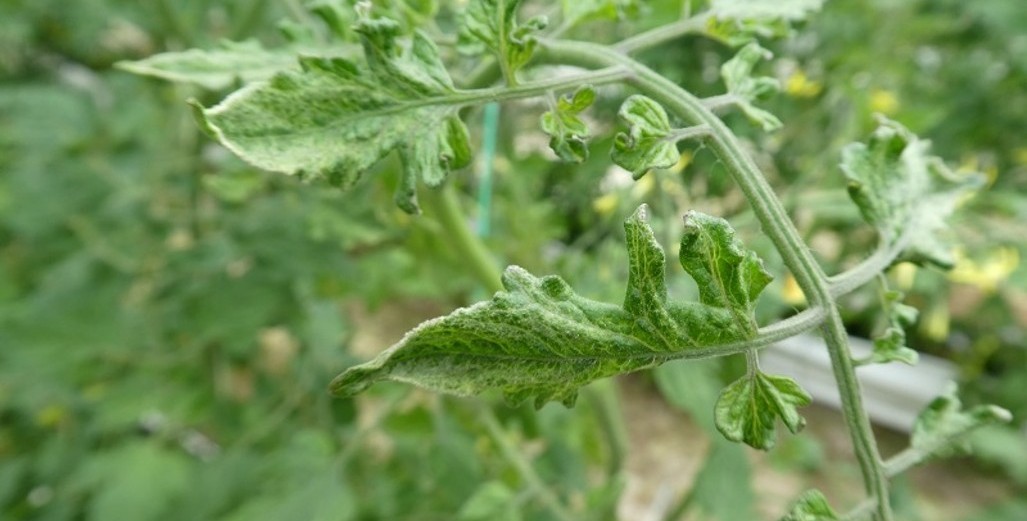
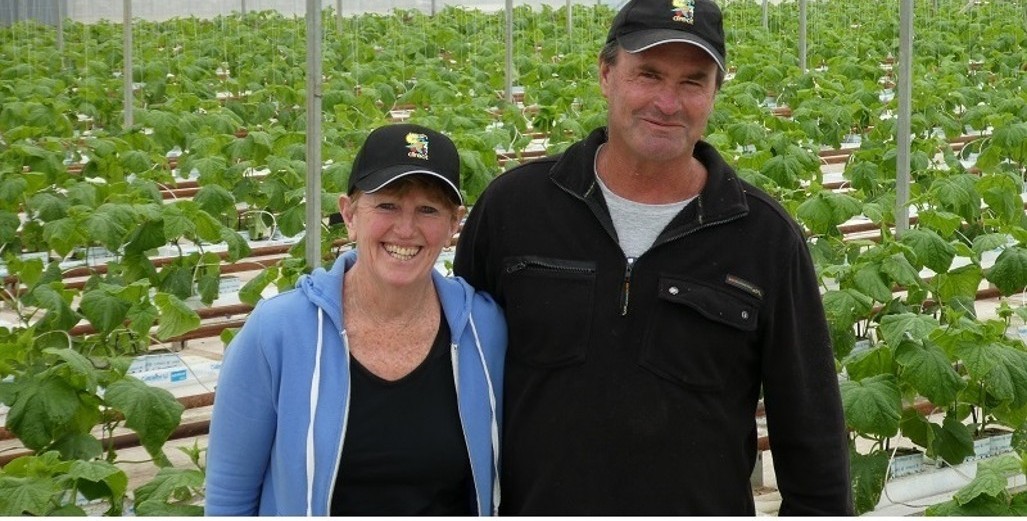
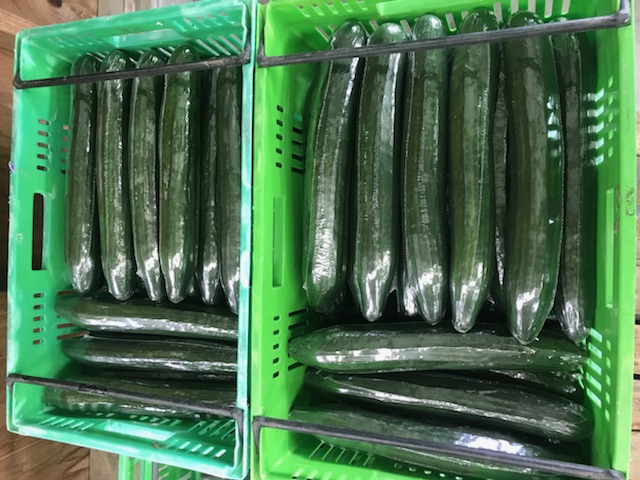
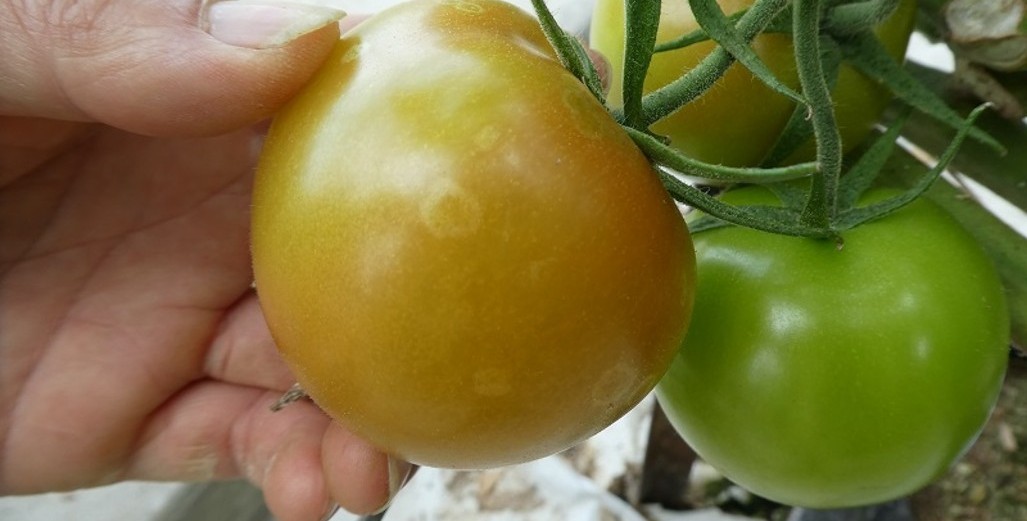
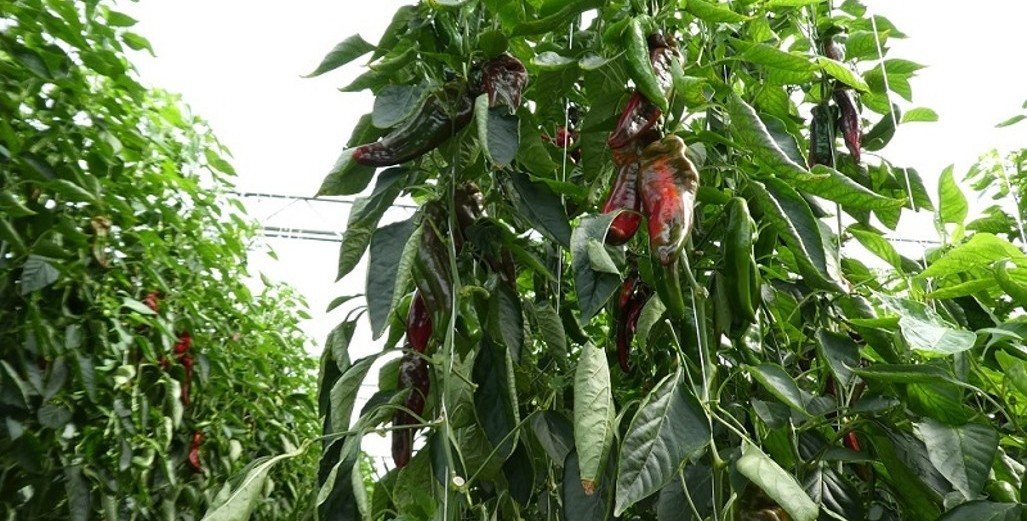

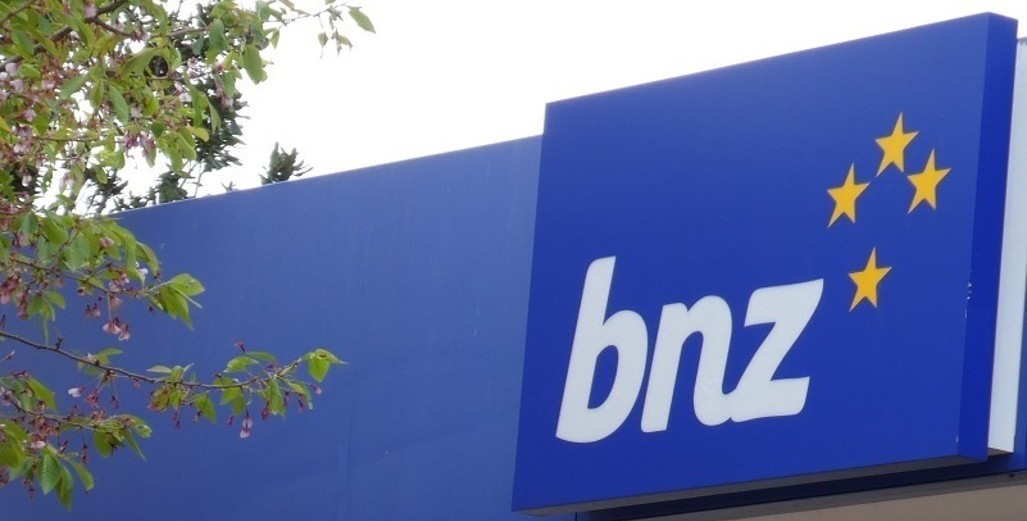
 Both Peter and Hamish were instrumental in securing the partnership between the BNZ and Grower2Grower. Photo of Peter Butler to the left and Hamish Frizzell on the right.
Both Peter and Hamish were instrumental in securing the partnership between the BNZ and Grower2Grower. Photo of Peter Butler to the left and Hamish Frizzell on the right. 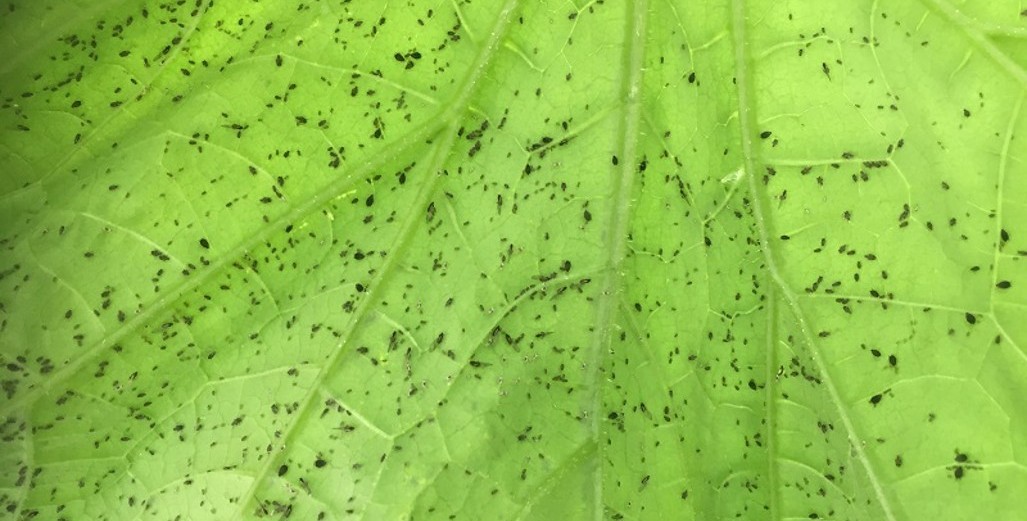
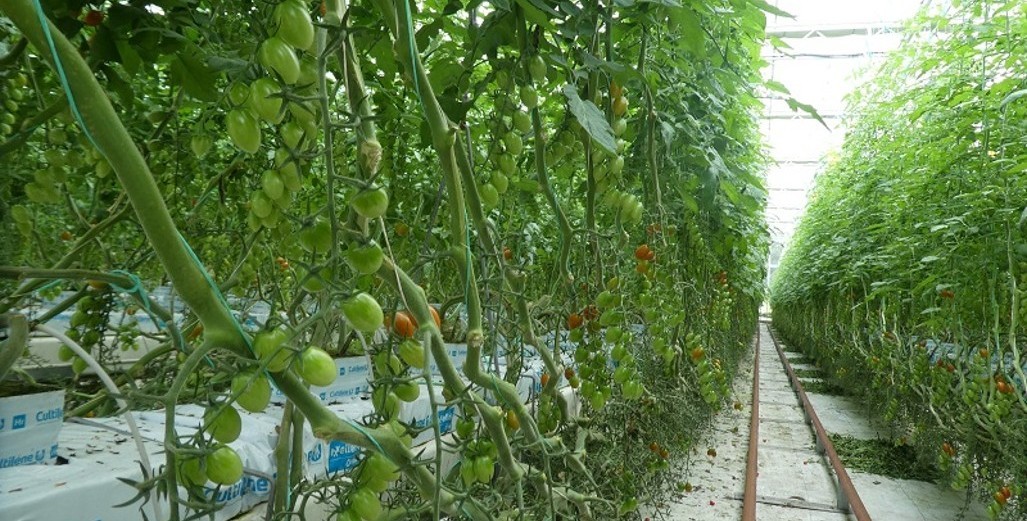

.jpg)